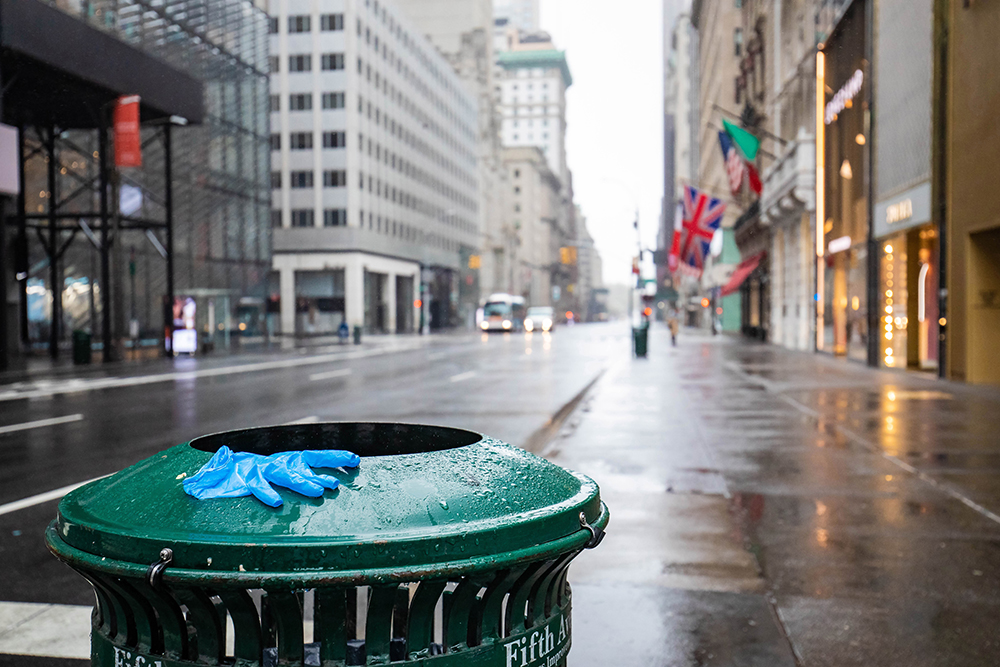Mayor Bill de Blasio today signed a bill to require city human services contractors to enter into labor peace agreements within 90 days of receiving a city contract and held a public hearing on a bill to protect domestic workers from discrimination under the human rights law.
“New York City puts working people first,” said Mayor Bill de Blasio. “These two pieces of legislation are critical, from protecting domestic workers to ensuring New York City remains a union town. I thank Speaker Johnson, Council Member Rose and the City Council for their partnership on these critical issues.”
Intro. 2252-A, sponsored by Speaker Johnson, requires city human services contractors to negotiate with labor organizations for a labor peace agreement when a labor organization provides notice to a city human services contractor. To ensure compliance with this requirement, this bill provides that a human service provider must provide an attestation to the City regarding any relevant labor peace agreements no later than 90 days after the human services contractor is awarded a contract.
Intro. 339-B, sponsored by Council Member Debi Rose, adds domestic workers to the scope of employees covered under the NYC Human Rights Law, and requires employers to take CCHR's sexual harassment training and give employees a notice of rights.
“As the agency that enforces the NYC Human Rights Law, the NYC Commission on Human Rights fully supports Intro 339 which extends employment protections to domestic workers, one of the fastest growing sectors of the service economy,” said Carmelyn P. Malalis, Chair and Commissioner of the NYC Commission on Human Rights. “Family care-givers, home health aides, and house cleaners are often vulnerable to discrimination and harassment by nature of being a single employee in their workplace. This bill will allow the Commission to apply the protections of the NYC Human Rights Law to domestic workers—ensuring that New Yorkers dedicated to the work of caring can access remedies available to other workers in New York City. We look forward to the signing of this bill, which will help make New York City a safer city for all workers.”
“No City dollars should ever be paid out to employers who engage in union-busting and that’s exactly what this new law will help ensure,” said Speaker Corey Johnson. “It will also help give over 200,000 of our City’s essential human service workers the right to organize for the pay and benefits they deserve without fear of retaliation or punishment or interference from their employers. I was proud to have sponsored this in the Council, and I am thrilled it is being swiftly signed into law. I thank my Council colleagues and the de Blasio administration for moving to make this bill a reality.”
“Labor peace is now the law of the land – and it’s been a long time coming,” said Henry Garrido, Executive Director, District Council 37, AFSCME. “Workers in the non-profit social and human services sectors have been in crisis. They face dangerous working conditions, rising health care costs, low pay and extremely high turnover. They have been asking for the ability to organize without fear, and it has finally been granted. I want to thank Mayor de Blasio, Speaker Johnson and the entire City Council for standing up for these workers and doing what’s right.”
“Int. 339 will right a historical wrong under which domestic workers, for too long, have not been protected from discrimination in the workplace. Domestic workers work behind closed doors doing the essential work of caring for families, people and homes. Now we see that New York City is moving towards a more just workforce in which domestic workers can go to work protected under the New York City’s Human Rights Law. With 200,000 domestic workers in New York City alone, 91 percent are female, 81 percent are immigrants and 32 percent are Black, this move forward to human rights protection in the domestic workplace is a huge advancement for all women of color because domestic workers do the work that make all other work possible!” said Marrisa Senteno and Allison Julient New York Co-Directors of the National Domestic Workers Alliance.






